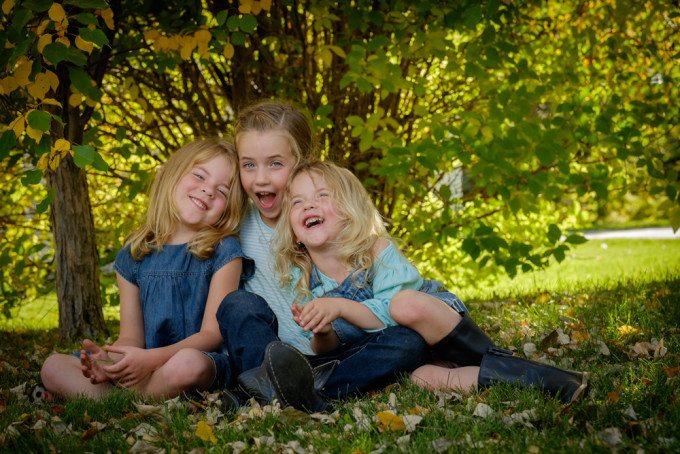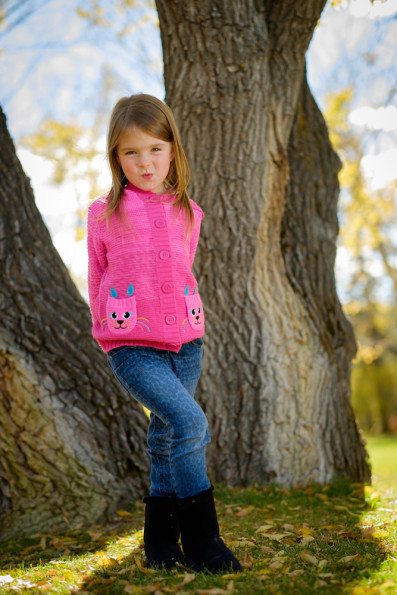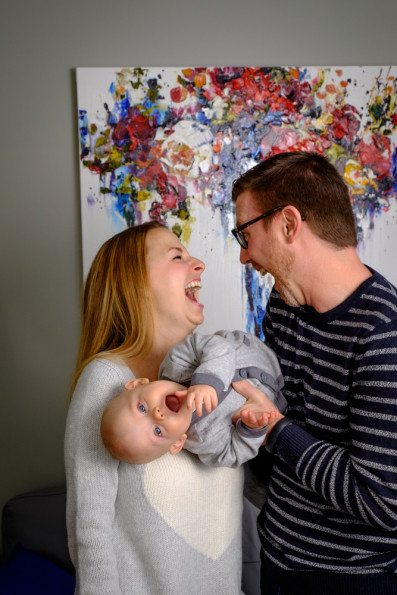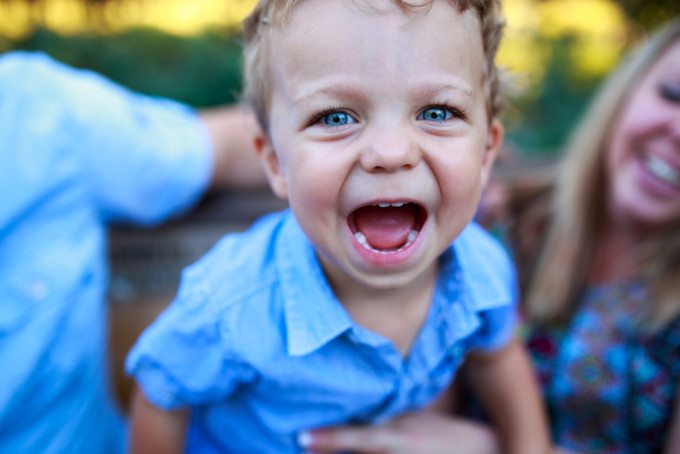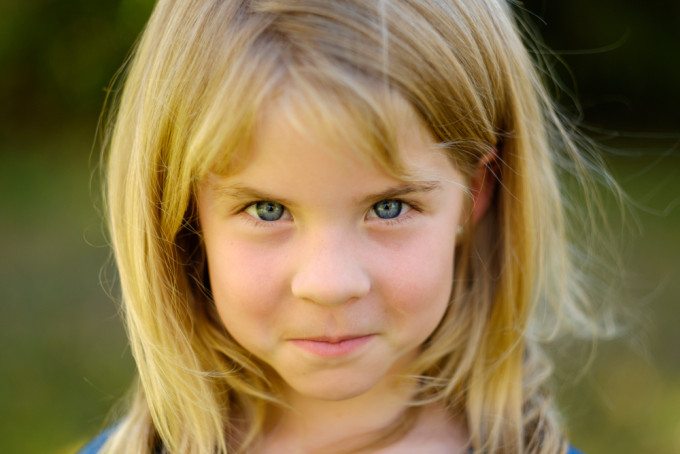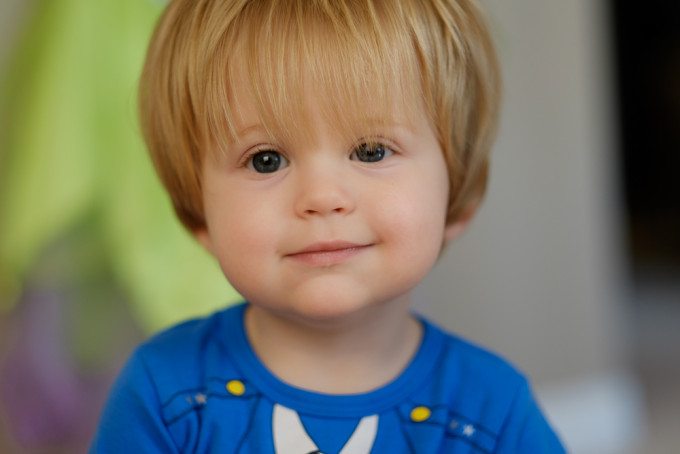All images by Purple House Photography. Used with permission.
Photographer Dan MacDonald lives the dream of many creatives. He is a stay at home Dad who loves his job of creating portraits of children and families. The Canada-based creative tells the Phoblographer that his focus as a photographer is on natural expressions. “I never tell subjects to say cheese. Instead, a typical family/kids session is a high energy, interactive experience where I’m running and playing along with the kids, always on the lookout beaming faces.” states Dan.
But of course, working with children and families comes with its challenges.And we talked to Dan about how he conquers them.
Phoblographer: Talk to us about how you got into photography.
Dan: Since long before we were married, we’re talking nearly fifteen years ago, my wife and I agreed that I would stay home with our kids when we had them. So, when she finished her maternity leave after having our first child, she returned to teaching elementary school and I left my communications and marketing position to be home full time. And I love it; it’s the best job in the world, at least it is for me. I liked experimenting with my Fuji S6000fd superzoom taking pictures of my baby daughter, doing basic post production in iPhoto, but I didn’t have any real eye on making photography a career.
Cut to three years later, 2012, as we planned our second child and I was looking at returning to an office job for a year (maternity/paternity benefits in Canada are a reduced wage for generally one year in Canada, so I needed to be bringing in some money to supplement), I struck upon the idea that, if I purchased a used SLR and started taking classes, maybe I could get my skills to a level where I could start a photography business, working from home in the evenings when everyone else was in bed, and we could both be home with the kids for the entire maternity leave.
“My wife and I agreed that I would stay home with our kids when we had them. So, when she finished her maternity leave after having our first child, she returned to teaching elementary school and I left my communications and marketing position to be home full time.”
Not only would this generate an ongoing income for the family, but it would give me a creative outlet, which was something I was really craving at the time. My wife was fully behind the idea, so I picked up a Canon 40D with a nifty fifty and signed up for some continuing education courses at the university, as well as subscribing to Kelby Training and withdrawing stacks of books from the library. A few months and many thousand shutter clicks later, I was doing free shoots for friends, and not long after that I hung out a shingle as a kids and family photographer.
Phoblographer: What got you specifically into portraiture?
Dan: For me, portraiture is the most compelling type of photography. I have a great deal of admiration for landscape shooters, as many of them possess a patience and eye that I certainly do not, but the images I most like to look at, and make, are of people.
A portrait can show you a side of a person invisible to the naked eye, and everyone’s face tells a story. Children’s’ portraiture was a very natural subset of photography in which to specialize, first because I’m a stay at home dad to two high energy children, and second because I have always had a quick and easy rapport with kids.
Phoblographer: Family portraits and portraits of kids are ALWAYS tough because there are so many elements moving around. What’s the one tip that you’ve learned that helps make sessions as painless as possible for you and the clients?
Dan: Probably the most helpful lesson I’ve learned about leading a successful session with kids and families is to not be shy about showing the parents some of the photos I’m getting. It can be really easy for parents (and as a parent, I know this) to focus on how the kids are fooling around, not listening to instructions, or running away, and to get the impression that things are going poorly, when in reality I’m getting some fantastic shots in the midst of the chaos.
Early in my career, I had some feedback from parents that they weren’t expecting anything of value to have come from the shoot, and they’re so surprised about the lovely images that we made together. That means those parents were probably anxious from the time the session ended until they saw their pictures, and for no good reason. Now I am much better about giving lots of feedback to my clients during the shoot, explaining what I’m doing, and showing the results on the back of my camera frequently.
“For me, portraiture is the most compelling type of photography.”
Phoblographer: Talk to us about your business strategy. How do you get most of your business? Referrals? Internet marketing?
Dan: My business is based almost entirely on referrals. While I do some promotion at local community centres and donate my services to silent auctions at my daughter’s school, and I’ve dabbled a bit in Facebook and print ads, almost all of my work has come from friends of friends, parents I’ve met at playgroups, and other avenues for word of mouth.
This has led to a pretty wide range of subjects for me to photograph, from doing Santa photos at an oil and gas company’s annual Christmas party, to making headshots for a local poet releasing a new book, to doing portraits of a church congregation in Northern Saskatchewan, but kids and families in my local area are the main focus of my business. Right now, my job as homemaker and primary caregiver to my two young children (one’s in kindergarten, one’s 18 months-old) takes up the majority of my time and is the work I care the most about. As they get older, however, my intention is to grow the business far more aggressively.
Phoblographer: How much work is done actually shooting vs editing, marketing, client negotiations, etc?
Dan: A family session usually lasts about an hour and a half, sometimes a bit longer if the kids are older. From there it takes usually about 6 hours of post production to deliver an online gallery. As with all professional photographers, I spend probably 75 percent of my work hours in front of the computer editing, following up with clients, posting on Facebook, and so on. Editing used to be a much more laborious process for me, but since moving to Fuji mirrorless cameras last year I am much happier with the results I see before even touching a slider.
“Probably the most helpful lesson I’ve learned about leading a successful session with kids and families is to not be shy about showing the parents some of the photos I’m getting.”
Phoblographer: Talk to us about the gear that you own.
Dan: I shoot with the Fuji X-T1 and the Fuji 56mm f1.2 lens for the vast majority of my professional work. Depending on the situation, I may also employ the 27mm pancake lens, or on rare occasions break out the Fuji’s 18-135 weather sealed zoom, but usually I’m a one camera, one lens shooter.
Prior to last summer, my kit was a Canon 6D, a Canon 5D, the Sigma 35mm f1.4 Art lens, and Canon’s 85mm f1.8 and 135mm f2 glass. My style of photography, however, involves a great deal of movement, running around with kids, and often I’m holding the camera with one hand while balancing a reflector in the other, so moving to a lightweight mirrorless system was very appealing.
Add to that Fuji’s absolutely unbeatable out-of-camera colors, the excellent EVF that makes tweaking exposures on the fly a snap, and Fuji’s surprisingly good face detection – allowing me to get tack sharp eyes on a toddler at f1.2 without breaking a sweat – and this camera system seems ideally suited for me. I have an X-E1 as a backup, and have my eye on the 16mm f1.4 and 90mm f2 lenses Fuji has announced for later this year. I light a lot of my work, relying on the LumoPro LP180 manual flash shot through a 42- or 60-inch translucent umbrella most of the time.
Phoblographer: How do you deal with children that can sometimes just never hold still?
Dan: The trick to getting great shots of young kids, who generally don’t like being still or cooperating with strangers, is to first put yourself in their shoes. They didn’t set up this photo shoot, pick their outfit, or decide on the location – their parents did, and so right off the bat they’re in a situation beyond their control, being asked to behave in a particular way. So how are those kids going to regain some control? They’re going to ignore instructions, run away, make faces, and generally refuse to cooperate. I tell parents: this is fine. We won’t get good shots by forcing poses or situations. Instead, I go with it. If a child wants to run around, I run around with him, shooting from the hip with the tiltable LCD showing me what I’m getting. If a child is feeling shy and doesn’t want to be in a picture, I get her to help take pictures of her parents. I make funny noises and do silly things that stop kids in their tracks, then capture the reactions. And when I’m trying to get a great group shot of the kids and parents together,
I’ll pose the parents, then tell the kids to run to a tree and back, ending up in the shot, which leads to natural smiles and relaxed postures. Once a child realizes she is being respected and acknowledged, she’ll be a lot more interested in participating in the session, and in seeing the results. My shoots develop very organically, which is a big part of the appeal of this type of photography for me – I’m always exhausted and exhilarated by the end of a session.
Phoblographer: What do you feel makes for an excellent or ideal family portrait? That is, what do you aim to deliver to your clients every time?
Dan: The most important aspect of any portrait for me is a natural expression. I love beautiful light as much as the next photographer, but it doesn’t make a great portrait if the subject looks miserable. Getting a family to feel comfortable and dynamic, in my experience, leads to an image that really captures how everyone really feels about each other, which is the reason we’re all there in the first place, and just makes things more visually interesting.



